The Perfect Baked Lemon Custard Pots Recipe: Creamy Sunshine Treats
Baked lemon custard pots embody pure culinary elegance with their delicate texture and vibrant citrus essence.
These silky smooth delicacies promise a sophisticated dessert experience that transcends ordinary sweet treats.
Crafting such a refined delicacy requires minimal ingredients but demands precise technique and gentle handling.
Light and airy, these custards capture the essence of sophisticated home cooking with remarkable simplicity.
Delicate egg yolks blend seamlessly with bright lemon zest, creating a harmonious flavor profile that sparks immediate sensory delight.
Creamy consistency and subtle tanginess characterize these charming little desserts, revolutionizeing basic ingredients into something truly remarkable.
Rich yet refreshing, they represent a perfect balance between indulgence and sophistication.
Why These Custard Pots Are a Lemon Lover’s Dream
The Simple Ingredients That Bring Brightness and Creaminess
Custard Base:Liquid Components:Cooking Accessories:How to Bake Little Pots of Sunshine With Ease
Step 1: Prepare the Oven
Preheat the oven to 325°F (165°C). Ensure the oven rack is positioned in the middle.
Step 2: Mix Egg Yolk Base
In a large heatproof bowl, whisk together:Mix until the ingredients are well combined and slightly pale.
Step 3: Create Warm Liquid Mixture
In a medium saucepan, combine:Heat gently over low heat, stirring constantly until the honey dissolves completely. Do not let the mixture boil.
Step 4: Temper the Egg Mixture
Slowly add several tablespoons of the warm liquid into the egg yolk mixture, whisking continuously. This process prevents the eggs from scrambling by gradually raising their temperature.
Step 5: Combine Custard Mixture
Pour the remaining warm liquid into the egg mixture, whisking steadily to create a smooth custard base.
Step 6: Prepare Ramekins
Place 5 small ramekins (½ cup capacity) inside a larger baking pan. Ensure they are spaced evenly.
Step 7: Fill Ramekins
Carefully pour the custard mixture evenly into each ramekin.
Step 8: Create Water Bath
Gently add hot (not boiling) water to the baking pan, filling it halfway up the sides of the ramekins.
Step 9: Bake the Custards
Place the baking pan in the preheated oven. Bake for 40-45 minutes until the custard is set but still slightly jiggly in the center.
Step 10: Cool and Chill
Remove the ramekins from the water bath and let them cool on a wire rack. Once cooled to room temperature, refrigerate for complete chilling before serving.
Custard Tips That Make a Difference in Every Spoonful
Chilling and Reheating Without Changing the Silky Texture
What Pairs Well With These Delicate Lemon Pots
Elegant Variations to Match Your Mood
Print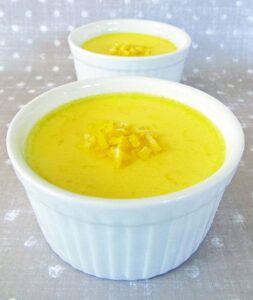
Baked Lemon Custard Pots Recipe
- Total Time: 1 hour 5 minutes
- Yield: 5 1x
Description
Baked Lemon Custard Pots offer a silky Mediterranean dessert experience with zesty citrus charm. Creamy vanilla-infused custard nestled in delicate ramekins provides elegant comfort perfect for ending dinner with a refreshing sweet note.
Ingredients
Main Ingredients:
- 4 egg yolks
- 2 cups half & half (or 1 cup whole milk and 1 cup heavy cream)
- 2 lemon zest
Sweeteners:
- ¼ cup honey
- ¼ cup sugar
Flavor Enhancers:
- ¼ teaspoon vanilla extract
Instructions
- Preheat the oven to 325 degrees Fahrenheit (163 degrees Celsius), preparing a warm environment for the delicate custard pots.
- In a large heatproof mixing bowl, whisk together egg yolks, granulated sugar, and pure vanilla extract until the mixture becomes smooth and pale.
- Select a medium saucepan and gently warm the half-and-half cream, honey, and fresh lemon zest over low heat, stirring until the honey dissolves completely and the flavors meld together.
- Create a tempering technique by slowly adding several tablespoons of the warm cream mixture into the egg yolk blend, stirring constantly to prevent curdling and ensure a silky texture.
- Gradually pour the remaining warm cream into the egg mixture, whisking continuously to maintain a uniform consistency.
- Arrange five small 1/2-cup (120 milliliters) ramekins inside a larger baking pan, spacing them evenly to promote uniform heat distribution.
- Carefully distribute the custard mixture equally among the ramekins, filling each to approximately three-quarters full.
- Prepare a water bath by pouring hot (not boiling) water into the larger baking pan, ensuring the water reaches halfway up the sides of the ramekins.
- Carefully transfer the baking pan to the preheated oven and bake for 40-45 minutes, watching for a set center that barely trembles when gently nudged.
- Remove the ramekins from the water bath and allow them to cool on a wire rack at room temperature.
- Refrigerate the custard pots for at least two hours to achieve a chilled, firm consistency before serving.
Notes
- Customize this dessert by experimenting with different citrus zests like orange or bergamot for unique flavor profiles.
- Ramekin sizes can vary, so adjust baking time accordingly and check custard’s doneness by gently shaking the pan.
- Honey selection matters; use raw, local honey for a more complex and rich taste that elevates the entire dessert.
- Water bath technique ensures smooth, creamy texture without cracking or overcooking the delicate custard.
- Serve chilled with a light dusting of powdered sugar or fresh berries for an elegant presentation that impresses guests.
- Prep Time: 20 minutes
- Cook Time: 45 minutes
- Category: Desserts
- Method: Baking
- Cuisine: British
Nutrition
- Serving Size: 5
- Calories: 337 kcal
- Sugar: 23 g
- Sodium: 65 mg
- Fat: 20 g
- Saturated Fat: 12 g
- Unsaturated Fat: 8 g
- Trans Fat: 0 g
- Carbohydrates: 34 g
- Fiber: 0 g
- Protein: 6 g
- Cholesterol: 226 mg
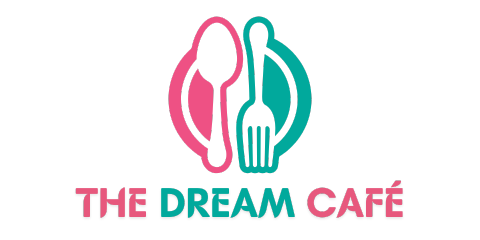
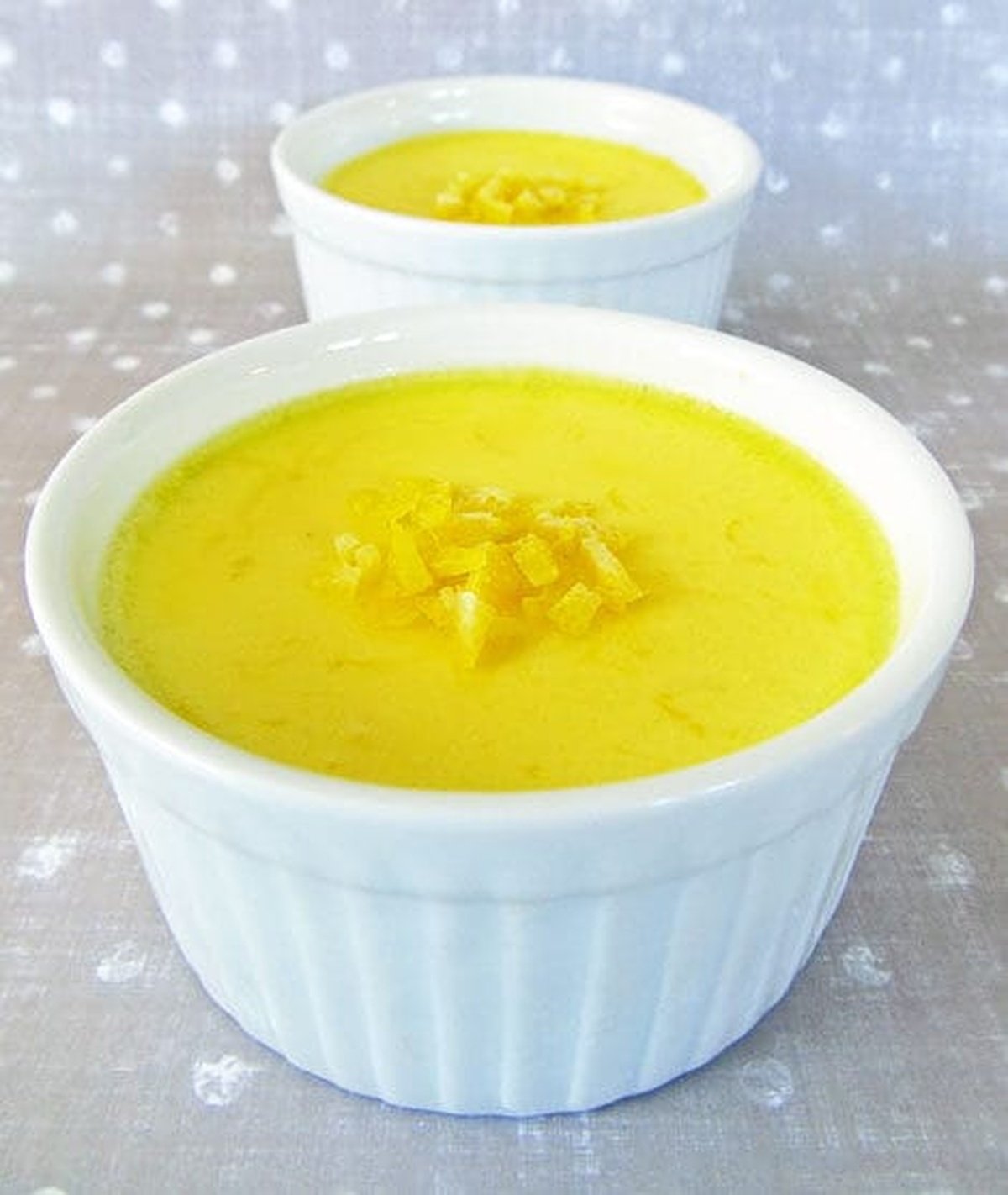
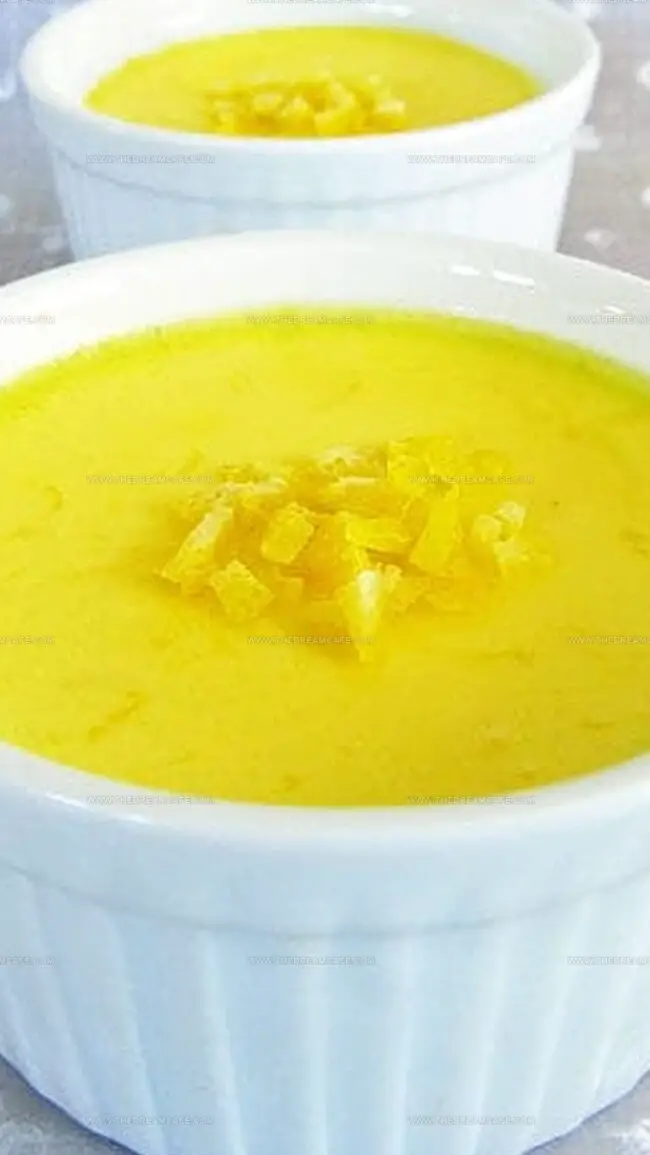
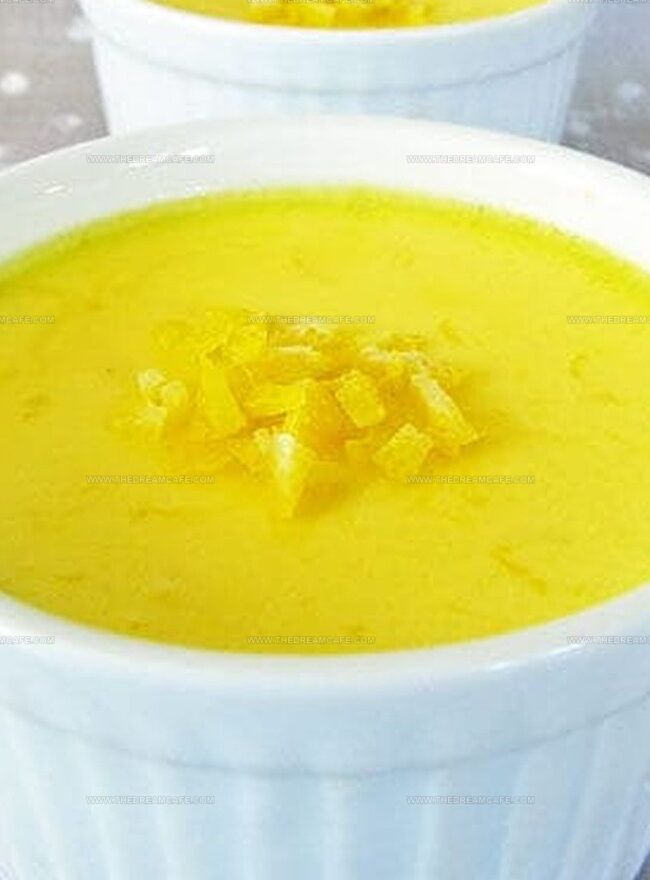
Julian Park
Co-Founder, Cuisine Researcher & Food Culture Writer
Expertise
Education
The Institute of Culinary Education (ICE), Los Angeles, CA
Julian Park is a natural storyteller at The Dream Café who blends hands-on culinary experience with a passion for exploring global food traditions. A graduate of The Institute of Culinary Education in Los Angeles, Julian combines professional technique with a love for cultural discovery, diving into how dishes reflect heritage, migration, and identity.
His work spans everything from in-depth cuisine guides to reflections on everyday meals around the world. With a curious palate and a journal always close by, Julian helps readers connect with food in a way that feels so insightful and personal.